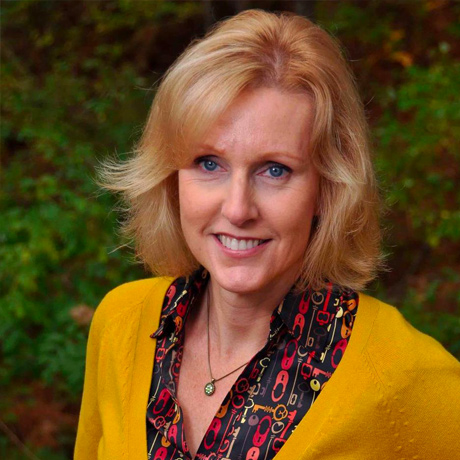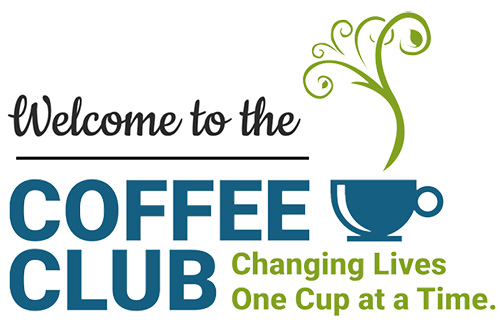This is the fourth installment in an ongoing series about the unique history of Good Will-Hinckley. To read Part I, click here. For Part II, click here. For Part III, click here.
Like much of the world at the time, the Good Will-Hinckley community wasn’t immune to the devastating impacts of the Spanish Flu, which ravaged the globe from early 1918 to late 1920. At the height of the pandemic, U.S. Army Sergeant Earl Ormsby—a onetime resident of GWH—would go to the wharf in Bath, pick up the caskets of Mainers sent from Europe and deliver them, by horse and carriage, to area cemeteries.
“In this humble, down-home way,” writes Lawrence Sturtevant, author of Chronicles of Good Will Home, “the former Hall Cottage Boy served his country’s cause.”
In some cases, the crisis struck much closer to home. In 1918, Mabel Keyes Averill, daughter of a longtime GWH benefactor, succumbed to the disease. In her will, she bequeathed to the Good Will Home Association funds to build a cottage for 15 boys.

Named in honor of Mabel’s father, The Martin L. Keyes Cottage has been part of GWH for nearly 100 years. Now, as the organization confronts another global scourge in COVID-19, the building is more important than ever, serving as temporary housing for many of our staff. It’s not the only change we’ve had to make, however.
Necessity is the mother of invention
Back in March, just as the potential impact of the pandemic was coming into focus, our leadership began formulating a contingency plan. Like most schools around the country, the challenge was to take curricula designed for the classroom, and make it work in a virtual setting.
Luckily, we had experience on this front. Since 2018, the Maine Academy of Natural Sciences has used remote learning on snow days (not an uncommon thing around here). But with COVID-19 threatening to keep schools closed for weeks—even months—we were concerned about keeping students engaged for much longer than a day or two.
This institution has always found creative ways to weather the storm. We’re seeing that resiliency once again, and I couldn’t be prouder of everyone involved: our staff, our students, their families and the wonderful community around us.
Today, MeANS is conducting all courses through Google Classroom and other sites as the staff continue to explore creative ways to connect with their classes. Students who can access the materials from home have done so. If they have a computer but no internet, we’re offering to install a Wi-Fi hotspot for free. For those who don’t have a reliable laptop or computer, we’re providing one.
Change across the board
Meanwhile, at the Glenn Stratton Learning Center, which offers clinical and educational services to students K-12, the transformation has been equally impressive. In addition to taking virtual classes for up to six hours a day, GSLC students also have access to tele-speech and teletherapy services—just as they would on campus. Our goal is to ensure that the relationships we’ve developed on campus continue in the virtual classroom—a key component to helping our students begin the healing process of wanting to learn again.
Our College Step-Up program, designed for students with a strong desire to pursue secondary education, presented a somewhat different challenge. Because all seven CSU students live on campus, we’ve had to strike a delicate balance between enforcing the state’s shelter-in-place order—which mandates students stay indoors whenever possible—and making allowances for things like daily walks around campus. All while maintaining appropriate physical distancing.
But helping our students is about more than just changing how we teach. For students that struggle with food security, we’re helping them get to area schools or local food pantries that provide free meal and food assistance. We’ve also made our administrators available for any questions or concerns that families might have.
Lessons learned
Of course, this process hasn’t been without snags and setbacks. As staff and students learn to embrace this new reality, another challenge awaits: understanding that we’re all in this for the long haul.
When this crisis subsides, I sincerely believe Good Will-Hinckley—and our students—will be stronger for it.
It’s not the first time that GWH has faced a test of this magnitude. From World Wars to global pandemics, this institution has always found creative ways to weather the storm. We’re seeing that resiliency once again, and I couldn’t be prouder of everyone involved: our staff, our students, their families and the wonderful community around us.
In a way, this is becoming part of the education we’re bestowing. We hope our students will have a greater appreciation for the simple joys of life. Being able to hug a loved one. The freedom to go out and grab a slice of pizza. The fun of hanging out with friends. Things that all of us take for granted.
When this crisis subsides, I sincerely believe Good Will-Hinckley—and our students—will be stronger for it. As history shows, this isn’t the first time our organization has faced a generational challenge.
For proof, all we have to do is look at the Martin L. Keyes Cottage, still standing proud and serving a purpose more than a century later.


